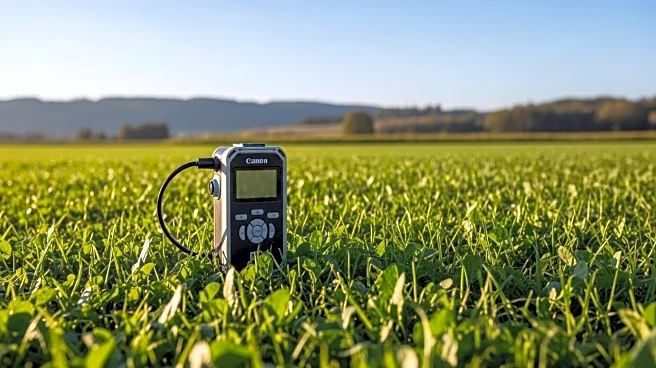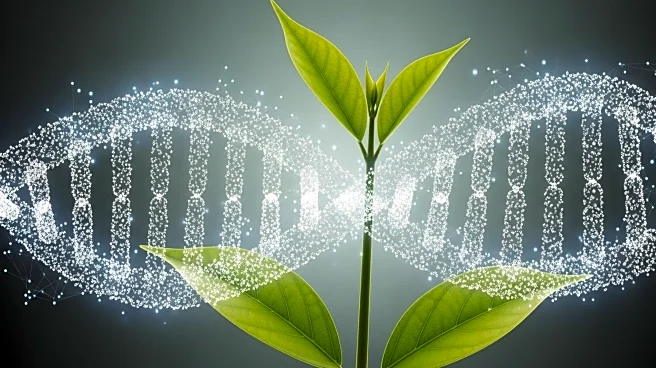What is the story about?
What's Happening?
A team of Canadian researchers at Agriculture and Agri-Food Canada's Lethbridge Research and Development Centre is utilizing nanotechnology to develop advanced pest control tools aimed at increasing farm yields and protecting the environment. These tools target plant-eating pests that destroy up to 40% of global pre-harvest crops annually. The researchers are designing treatments that deliver chemicals into harmful pests based on their unique DNA, sparing beneficial insects like pollinators. Using facilities at the Canadian Light Source, they have identified mineral-rich areas in pests such as lygus bugs, which could be targeted to prevent crop damage.
Why It's Important?
The application of nanotechnology in pest control represents a significant advancement in agricultural practices, offering a potential solution to reduce reliance on traditional chemical pesticides. This approach could lead to more sustainable farming by minimizing environmental impact and preserving beneficial insect populations. Increased farm yields would benefit the agricultural sector economically, potentially lowering food prices and enhancing food security. The precision of nanotechnology-based treatments also aligns with global efforts to promote environmentally friendly and efficient agricultural practices.
What's Next?
The research team plans to continue developing and refining their nanotechnology-based pest control methods. This includes further testing and validation to ensure effectiveness and safety. As the technology progresses, it may be integrated into commercial agricultural practices, offering farmers new tools to combat pests while maintaining ecological balance. Collaboration with industry partners could accelerate the adoption of these innovative solutions, transforming pest management strategies in agriculture.
Beyond the Headlines
The use of nanotechnology in agriculture raises ethical and regulatory considerations, particularly regarding the long-term effects on ecosystems and human health. Ensuring that these technologies are safe and do not disrupt natural processes will be crucial. Regulatory bodies may need to establish guidelines for the use of nanotechnology in pest control, balancing innovation with safety and environmental stewardship.
AI Generated Content
Do you find this article useful?














